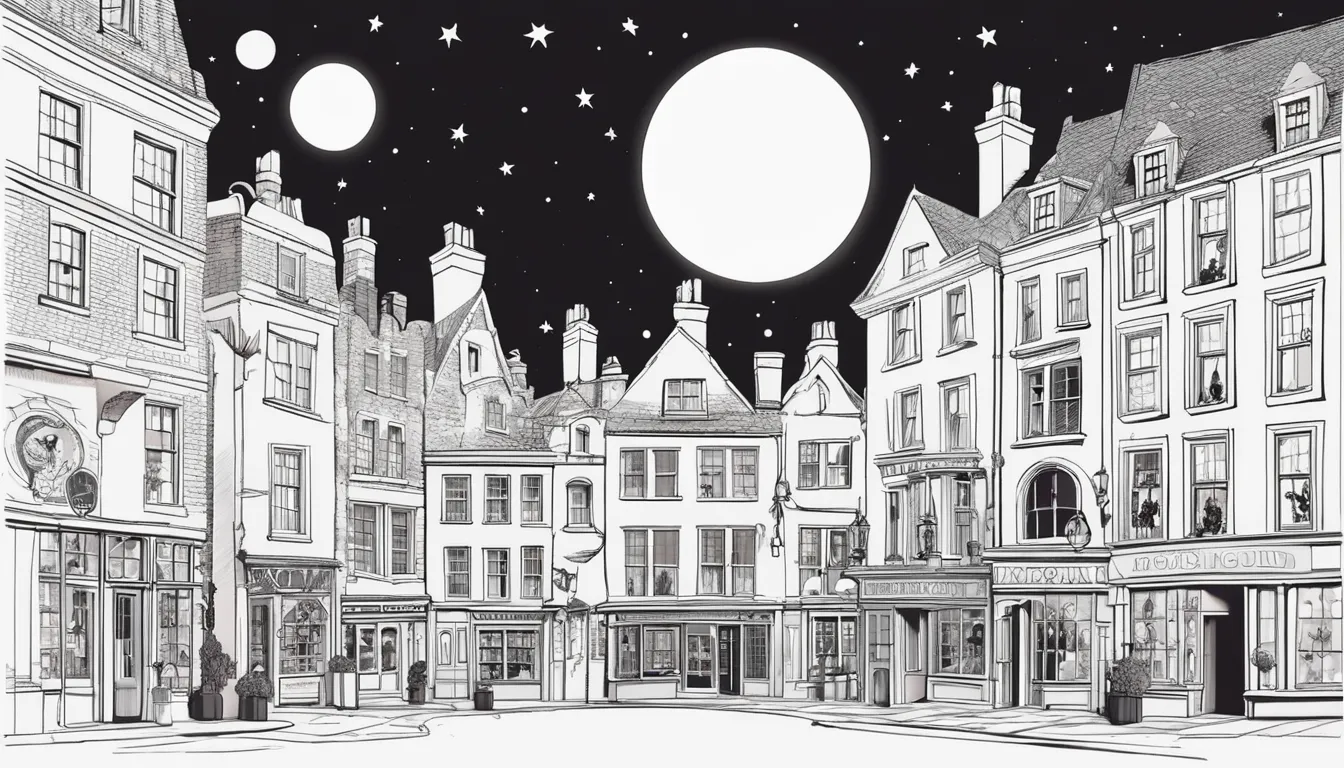Music is a form of art that entails organized and audible sounds and silence. It is commonly expressed in terms of pitch (which contains melody and harmony), rhythm (which contains tempo and meter), and the top quality of sound (which consists of timbre, articulation, dynamics, and texture). Music may well also involve complex generative types in time by means of the building of patterns and combinations of natural stimuli, principally sound. Music may possibly be made use of for artistic or aesthetic, communicative, entertainment, or ceremonial purposes. The definition of what constitutes music varies according to culture and social context.
If painting can be viewed as a visual art kind, music can be viewed as an auditory art kind.
Allegory of Music, by Filippino Lippi
Allegory of Music, by Lorenzo Lippi
Contents
1 Definition
2 History
3 Aspects
4 Production four.1 Performance
four.2 Solo and ensemble
4.three Oral tradition and notation
4.4 Improvisation, interpretation, composition
4.five Composition
//
[edit] Definition as seen by [http://www.FaceYourArt.com]
Main report: Definition of music
See also: Music genre
The broadest definition of music is organized sound. There are observable patterns to what is broadly labeled music, and although there are understandable cultural variations, the properties of music are the properties of sound as perceived and processed by humans and animals (birds and insects also make music).
hip hop beats for sale is formulated or organized sound. Despite the fact that it can’t include emotions, it is occasionally developed to manipulate and transform the emotion of the listener/listeners. Music created for motion pictures is a great instance of its use to manipulate feelings.
Greek philosophers and medieval theorists defined music as tones ordered horizontally as melodies, and vertically as harmonies. Music theory, within this realm, is studied with the pre-supposition that music is orderly and frequently pleasant to hear. Nevertheless, in the 20th century, composers challenged the notion that music had to be pleasant by developing music that explored harsher, darker timbres. The existence of some modern day-day genres such as grindcore and noise music, which appreciate an extensive underground following, indicate that even the crudest noises can be viewed as music if the listener is so inclined.
20th century composer John Cage disagreed with the notion that music have to consist of pleasant, discernible melodies, and he challenged the notion that it can communicate anything. Instead, he argued that any sounds we can hear can be music, saying, for instance, “There is no noise, only sound,”[three]. According to musicologist Jean-Jacques Nattiez (1990 p.47-eight,55): “The border involving music and noise is constantly culturally defined–which implies that, even inside a single society, this border does not usually pass by way of the similar spot in brief, there is rarely a consensus…. By all accounts there is no single and intercultural universal concept defining what music might be.”
Johann Wolfgang Goethe believed that patterns and forms have been the basis of music he stated that “architecture is frozen music.”
[edit] History as seen by [http://www.FaceYourArt.com]
Principal short article: History of music
See also: Music and politics
Figurines playing stringed instruments, excavated at Susa, 3rd millennium BC. Iran National Museum.
The history of music predates the written word and is tied to the improvement of each one of a kind human culture. Despite the fact that the earliest records of musical expression are to be located in the Sama Veda of India and in four,000 year old cuneiform from Ur, most of our written records and research deal with the history of music in Western civilization. This contains musical periods such as medieval, renaissance, baroque, classical, romantic, and 20th century era music. The history of music in other cultures has also been documented to some degree, and the know-how of “planet music” (or the field of “ethnomusicology”) has turn into more and extra sought soon after in academic circles. This incorporates the documented classical traditions of Asian nations outdoors the influence of western Europe, as nicely as the folk or indigenous music of various other cultures. (The term world music has been applied to a wide range of music created outside of Europe and European influence, despite the fact that its initial application, in the context of the Globe Music Plan at Wesleyan University, was as a term including all probable music genres, like European traditions. In academic circles, the original term for the study of world music, “comparative musicology”, was replaced in the middle of the twentieth century by “ethnomusicology”, which is nevertheless deemed an unsatisfactory coinage by some.)
Well-known designs of music varied broadly from culture to culture, and from period to period. Distinct cultures emphasised distinct instruments, or methods, or utilizes for music. Music has been utilized not only for entertainment, for ceremonies, and for practical & artistic communication, but also extensively for propaganda.
As planet cultures have come into greater contact, their indigenous musical designs have often merged into new designs. For instance, the United States bluegrass style includes components from Anglo-Irish, Scottish, Irish, German and some African-American instrumental and vocal traditions, which were capable to fuse in the US’ multi-ethnic “melting pot” society.
There is a host of music classifications, quite a few of which are caught up in the argument over the definition of music. Among the largest of these is the division involving classical music (or “art” music), and popular music (or industrial music – such as rock and roll, country music, and pop music). Some genres don’t fit neatly into a single of these “significant two” classifications, (such as folk music, planet music, or jazz music).
Genres of music are determined as substantially by tradition and presentation as by the actual music. Although most classical music is acoustic and meant to be performed by people or groups, many works described as “classical” include samples or tape, or are mechanical. Some functions, like Gershwin’s Rhapsody in Blue, are claimed by both jazz and classical music. A lot of existing music festivals celebrate a certain musical genre.
There is generally disagreement more than what constitutes “real” music: late-period Beethoven string quartets, Stravinsky ballet scores, serialism, bebop-era Jazz, rap, punk rock, and electronica have all been thought of non-music by some critics when they were 1st introduced.


